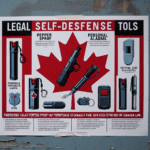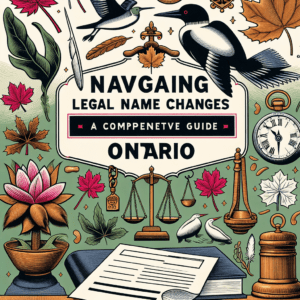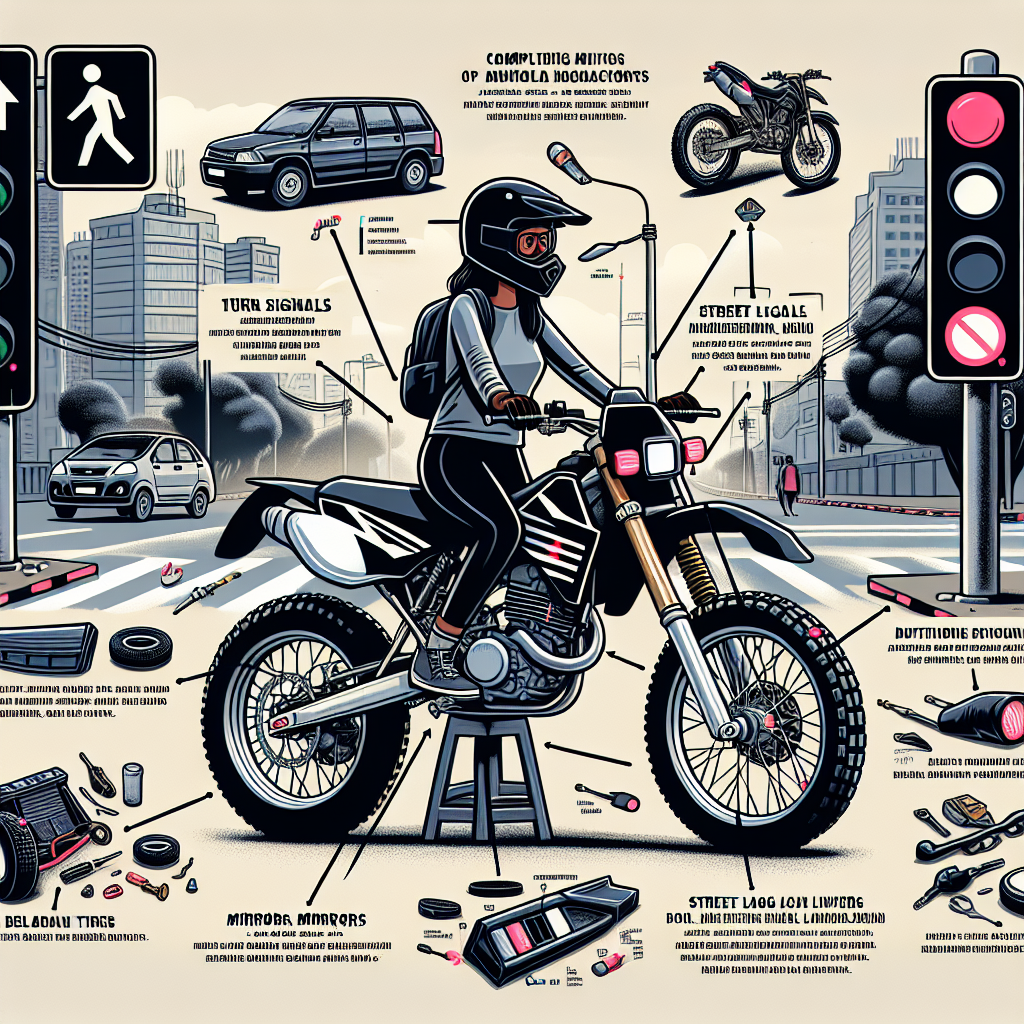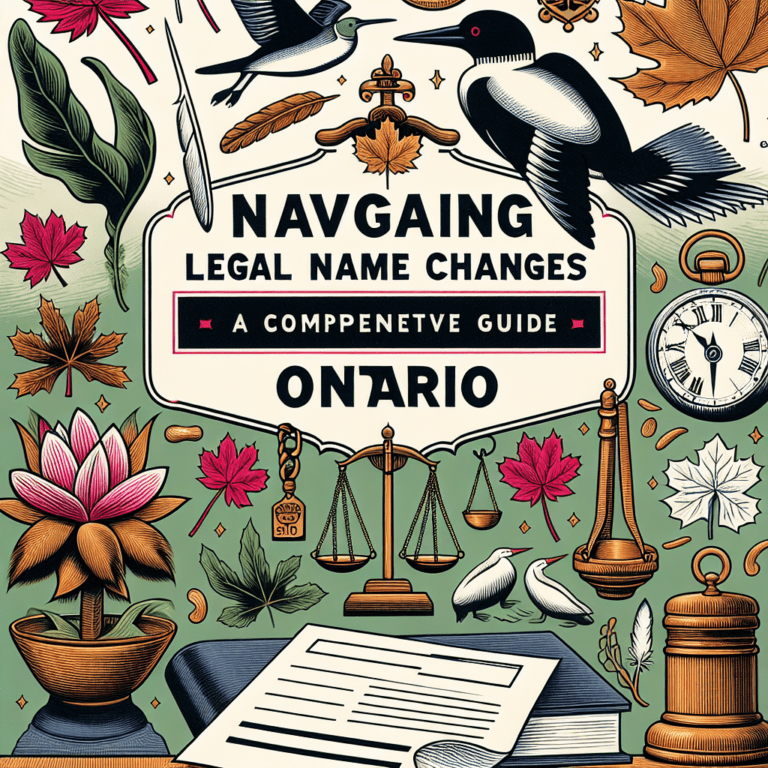===
For many off-road enthusiasts, the thrill of riding a dirt bike can quickly turn into frustration when navigating the complex web of regulations that determine what makes a dirt bike street-legal. The desire for freedom, adventure, and utility often collides with legal requirements, leaving riders feeling overwhelmed. Understanding the requirements for street-legal dirt bikes is crucial not just for compliance, but also for enhancing safety and enjoying the full benefits of your ride. This article dives deep into the regulations and modifications necessary to transform your dirt bike into a street-ready machine.
Key Regulations for Making Dirt Bikes Street-Legal
Navigating the regulatory landscape for street-legal dirt bikes requires comprehensive knowledge of local laws, which vary significantly by state and country. Most jurisdictions require that any dirt bike intended for street use be registered with the appropriate motor vehicle authority. This often entails providing documentation that proves ownership, compliance with emissions standards, and, in some instances, proof of insurance. It’s essential to check your state’s specific requirements for registration; some may require an inspection to ensure the bike meets safety and operational standards.
In addition to registration, riders must adhere to specific safety regulations. These may include the installation of functioning headlights, taillights, turn signals, and mirrors. A horn is often necessary as well. Understanding the full scope of these requirements can save you from costly fines and ensure a smoother riding experience on public roads. Furthermore, failing to meet these regulations can lead to legal complications that may not only inconvenience you but also jeopardize your ability to ride altogether.
Another crucial element to consider is the age and model of your dirt bike. Many states have minimum age requirements for riders and specific rules governing the type and age of bikes allowed on public roads. For instance, certain high-performance models may be restricted or require modifications to meet street-legal status. Riders must stay informed about changes in legislation to avoid being caught off guard and to ensure that their bikes are compliant with any new regulations.
Essential Modifications for Compliance and Safety Standards
Transforming a dirt bike into a street-legal vehicle involves several key modifications aimed at ensuring compliance with safety standards. First and foremost, installing lights is critical. A high-quality headlight and taillight are mandatory, and many jurisdictions also require turn signals. It’s advisable to opt for LED lights, which enhance visibility and consume less power. Additionally, a working speedometer is often required to monitor speeds on public roads, which is not typically a feature found on standard dirt bikes.
A reliable braking system is paramount for safe street riding. Many off-road bikes come equipped with a single brake, but street-legal models generally require a dual braking system—one for the front and one for the rear. Upgrading to a more robust brake system not only meets legal requirements but also enhances overall safety during urban and highway riding. It’s also wise to ensure that your tires are suitable for varied terrains, as street-ready tires provide better traction and stability on paved surfaces.
Lastly, consider the importance of a proper exhaust system. Many dirt bikes are fitted with loud, performance-oriented exhausts that could violate noise regulations in urban areas. Replacing or modifying your exhaust with a quieter system not only helps you stay within legal limits but also contributes to a more pleasant riding experience. Additionally, equipping your bike with rearview mirrors and a functioning horn is often necessary for compliance, making your bike not only street-legal but also safer for both you and other road users.
===
Embarking on the journey to make your dirt bike street-legal can be both challenging and rewarding. By understanding the nuanced regulations and implementing essential modifications, riders can enjoy the thrill of off-roading while safely navigating urban environments. Whether you’re looking to capitalize on your bike’s versatility or simply want to ride from the trails to the streets, this comprehensive understanding ensures that you remain compliant and safe. For those ready to take the plunge, don’t hesitate to research further or consult with local motorcycle experts to tailor your modifications perfectly. Your street-legal adventure awaits!
Understanding Legal Self-Defense Weapons in CanadaUnderstanding Legal Paper Size: Dimensions and Uses ExplainedNavigating Legal Name Changes in Ontario: A Comprehensive GuideRelevant LinkRelevant LinkRelevant Link



















